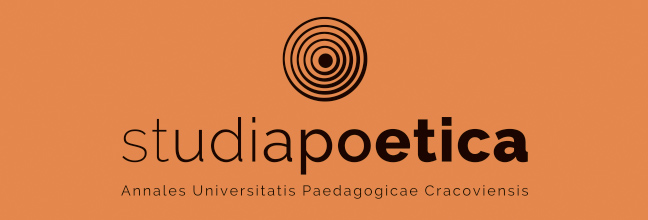Kwestia organizacji cechowej rzemieślników żydowskich w województwie krakowskim w dwudziestoleciu międzywojennym.
Main Article Content
Abstract
The basie Jewish trade organisations in the Cracow province were guilds. Their legał status during the inter-war period was regulated by ordinances of the President of the Republic of Poland dated June 7, 1927. As of the datę of issuing this decree the Jewish craftsmanship gained new basis for its organisation system and work. The process of creating denominational guilds became morę intensified. The new industrial law contributed to the division of craftsmanship, which had been uniform in Małopolska until then.
In 1935 12 Jewish guilds (25 Christian) were active within the Cracow province, and their number grewto 16 in the next two years, whereas in 1938 there were 17 ofthem. Agreat majority of the guilds were in the city of Cracow. In the rural areas, besides big cities such as Tamow or Nowy Sącz where the number of Jewish craftsmen was considerable, there existedcornmon denomination guilds and collective ones with respect to trade participation. County and City Guild Associations were denominational mixtures as well. Jewish handicraftsmen were numerously represented at the province Craftsmanship Chamber.
Guilds were free associations, however, from the very beginning a struggle carried on to transform them into compulsory institutions. It tumed out that most of the craftsmen did not enter the new organisation. A smali number of guild members limited the scope of their activities considerably, which as a result led to creating good conditions for the development of dishonest competition. That is why depriving the guilds of the compulsory character introduced chaos and confusion in craftsmanship (especially in Małopolska), and was responsible for its sudden and noticeable decline.
Apart from regarding guilds as compulsory organisations, it was also demanded that, after a transition period, an unconditional duty of having a proof of craftsman’s ąualifications should be introduced. The postulate was firmly supported by the Congress of Jewish Craftsmanship of the Cracow Province, which was convened in Cracow in September 1931. Unfortunately, the State authorities did not approve it. Thus the struggle to introduce the guild obligation, which had been carried on continually sińce 1927 with great involvement of Małopolska Jewish craftsmen, ended up with failure. An unąuestionable success, however, mainly of Jewish craftsmen was the consolidation of handicraftsmen’s community (irrespective of denomination) towards the goal of improving the condition of craftsmanship, which evidently relied on the reform of the guild system.
Article Details
|
